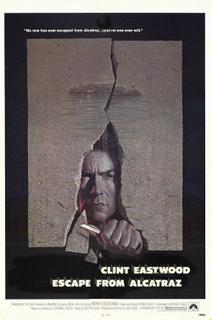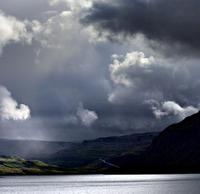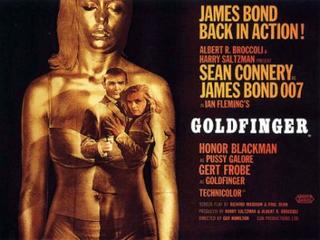Semiotics: An Introduction to Analysing Images
What is Semiotics?
Semiotics is:
‘The study of the social production of meaning from sign systems […] a theoretical approach and its associated methods of analysis'
Semiotics is:
‘The study of the social production of meaning from sign systems […] a theoretical approach and its associated methods of analysis'
O’Sullivan, Tim, 1994: Key Concepts in Communication and Cultural Studies. London: Routledge: 281
Semiotics is:
Signs
Signs are recognisable words/images that we associate w ith ideas.
ith ideas.
A sign has two parts:
Denotative & Connotative Meaning
Denotation:
Concrete or literal meaning of an object or word; the first order of meaning.
Connotation:
The more abstract meanings attributed to the sign by our culture; the second order of meaning.
Signs denote or connote certain ideas: they have two levels of meaning.

Analysis: poster--'Escape From Alcatraz' (Don Siegel, 1979)
The image denotes Clint Eastwood holding a tool and breaking through a wall.
The image possesses connotations of escape and imprisonment; our interpretation of the image may depend on whether or not we recognise the image of Alcatraz--the place has strong cultural associations that may impact on our interpretation of the poster image.
The connotative meaning of an image can be altered by manipulating the framing, focus, lighting and angle.
In films, connotative meanings can be altered by the order in which shots are edited together (or use of sound).
Different Types of Signs
There are three major types of sign:
The image of Sean Connery is an icon (of Sean Connery); it resembles its referent (the real Sean Connery).
Index

The storm clouds are an index of bad weather; they act as evidence of bad weather.

Symbol
Get Carter (Mike Hodges, 1971)
The gun is a symbol of violence; our culture associates it with violence.
Metaphor
Metaphors
- A ‘science of signs’
- Derived from the work of the Swiss linguist Ferdinand de Saussure (1857-1913) and the American philosopher Charles Sanders Peirce (1839-1914)
- Related to linguistics (the study of languages)
- A way of studying how ‘sign systems’ (e.g. spoken & written languages, images) create meaning
Signs
Signs are recognisable words/images that we associate w
 ith ideas.
ith ideas.A sign has two parts:
- Signifier: the object/word (e.g. a red rose)
- Signified/Referent: the idea associated with the sign (e.g. love, passion)
Denotative & Connotative Meaning
Denotation:
Concrete or literal meaning of an object or word; the first order of meaning.
Connotation:
The more abstract meanings attributed to the sign by our culture; the second order of meaning.
Signs denote or connote certain ideas: they have two levels of meaning.

Analysis: poster--'Escape From Alcatraz' (Don Siegel, 1979)
The image denotes Clint Eastwood holding a tool and breaking through a wall.
The image possesses connotations of escape and imprisonment; our interpretation of the image may depend on whether or not we recognise the image of Alcatraz--the place has strong cultural associations that may impact on our interpretation of the poster image.
The connotative meaning of an image can be altered by manipulating the framing, focus, lighting and angle.
In films, connotative meanings can be altered by the order in which shots are edited together (or use of sound).
Different Types of Signs
There are three major types of sign:
- Icon: the icon resembles what it signifies (e.g. a rose is an icon of ‘real’ roses)
- Index: the index acts as evidence of its signified/referent (e.g. smoke is indexical of fire)
- Symbol: the symbol has an arbitrary (culturally-constructed) connection with its signified (e.g. a police uniform/siren symbolises authority)
Icon
The image of Sean Connery is an icon (of Sean Connery); it resembles its referent (the real Sean Connery).
Index

The storm clouds are an index of bad weather; they act as evidence of bad weather.

Symbol
Get Carter (Mike Hodges, 1971)
The gun is a symbol of violence; our culture associates it with violence.
Metaphor
Metaphors
- Are associated with poetry
- Communicate the unknown by putting it into the context of the known
- Condense two different ideas into one single item
